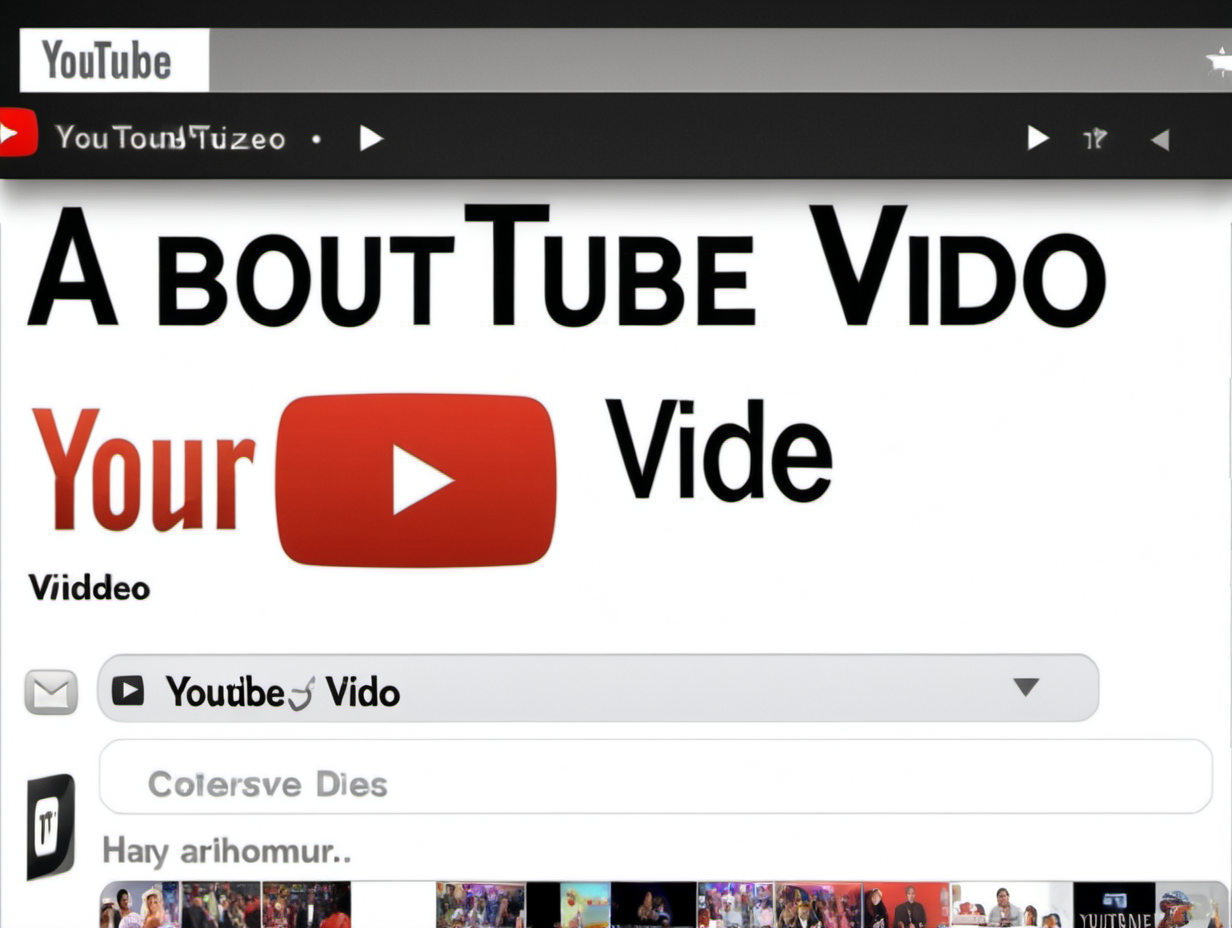So How Does ChatGPT really work? Behind the screen!
Summary
TLDRIn this video, the host explores ChatGPT, an advanced AI chatbot that leverages natural language processing and machine learning to engage users in human-like conversations. Unlike traditional search engines, ChatGPT interprets queries to generate contextually relevant and grammatically correct responses. The video delves into its training process, which combines supervised and reinforcement learning techniques, utilizing a massive dataset to understand language patterns. With its capabilities set to improve further in GPT-4, the video emphasizes the significance of comprehending AI tools like ChatGPT in our technology-driven world.
Takeaways
- 😀 ChatGPT is an AI-powered chatbot that uses natural language processing to generate human-like responses.
- 🤖 Unlike traditional search engines, ChatGPT provides contextual replies instead of just a list of links.
- 📚 The term 'GPT' stands for Generative Pre-trained Transformer, which describes its underlying architecture.
- 🔍 ChatGPT is trained on diverse sources of data, including books and webpages, up until September 2021.
- 👥 Human trainers simulate conversations to help ChatGPT understand context and engage naturally.
- 🏆 The training process includes fine-tuning where human evaluators rank possible outputs to improve response quality.
- 🔄 Reinforcement learning allows ChatGPT to learn independently from the vast amounts of training data.
- ⚙️ The model is built on a powerful neural network architecture that transforms input into meaningful output.
- 📈 Future developments, such as GPT-4, promise even more advanced capabilities and larger training datasets.
- ❗ Despite its capabilities, ChatGPT has limitations, particularly regarding its knowledge cut-off.
Q & A
What is ChatGPT?
-ChatGPT is an AI-powered chatbot developed by OpenAI that utilizes natural language processing and machine learning algorithms to engage in human-like conversations.
How does ChatGPT differ from traditional search engines like Google?
-Unlike Google, which provides a list of web pages and articles in response to queries, ChatGPT interprets the context and intent of questions to generate direct, relevant responses.
What does 'GPT' stand for?
-'GPT' stands for Generative Pre-trained Transformer, indicating that it generates responses based on pre-training from various data sources.
What kind of data was used to train ChatGPT?
-ChatGPT was trained on a diverse dataset that includes books, web pages, Wikipedia, news articles, and scientific journals, with information collected up to September 2021.
Does ChatGPT learn from new information on the internet?
-No, ChatGPT does not learn from new information independently. It requires human input to learn about any new material or updates beyond its training cut-off.
What are the two key components of modern machine learning that ChatGPT uses?
-ChatGPT employs supervised learning and reinforcement learning as key components of its machine learning process.
How does ChatGPT generate its responses?
-ChatGPT predicts the most likely words, phrases, and sentences that are associated with the input query, generating responses step by step based on learned patterns.
What role do human trainers play in ChatGPT's training process?
-Human trainers help teach the model by simulating conversations, allowing it to learn the probability of choosing correct sequences of words and phrases for appropriate responses.
What is reinforcement learning in the context of ChatGPT?
-Reinforcement learning is an unsupervised training method that allows ChatGPT to learn patterns and context from a large dataset without needing specific outputs for every possible input.
What is the estimated size of the dataset used to train ChatGPT?
-The dataset used to train ChatGPT, specifically the GPT-3.5 version, is approximately 45 terabytes, which is equivalent to about 83 million pages of information.
Outlines

Cette section est réservée aux utilisateurs payants. Améliorez votre compte pour accéder à cette section.
Améliorer maintenantMindmap

Cette section est réservée aux utilisateurs payants. Améliorez votre compte pour accéder à cette section.
Améliorer maintenantKeywords

Cette section est réservée aux utilisateurs payants. Améliorez votre compte pour accéder à cette section.
Améliorer maintenantHighlights

Cette section est réservée aux utilisateurs payants. Améliorez votre compte pour accéder à cette section.
Améliorer maintenantTranscripts

Cette section est réservée aux utilisateurs payants. Améliorez votre compte pour accéder à cette section.
Améliorer maintenantVoir Plus de Vidéos Connexes
5.0 / 5 (0 votes)






